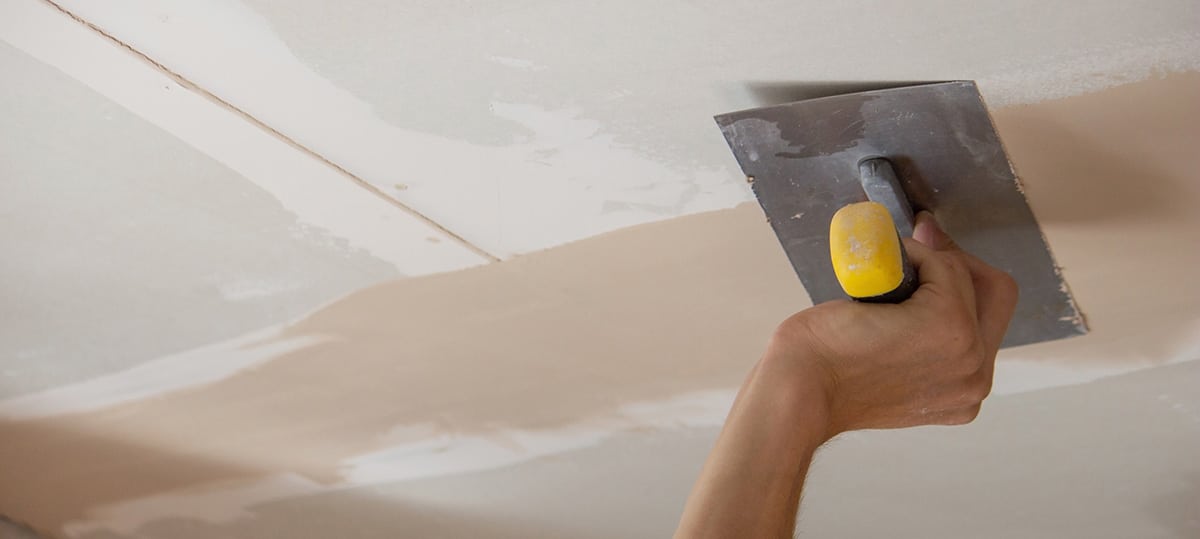
If your home was built before the early 2000s, there’s a chance it contains asbestos—especially in materials like siding, roofing, and insulation. While asbestos was once praised for its durability and fire-resistant properties, we now know it poses serious health risks. Exposure to airborne asbestos fibers can cause respiratory illnesses, including lung cancer and mesothelioma.
Many homeowners don’t realize that asbestos-containing materials are often hidden within their walls, floors, and ceilings. If you own an older home, it’s essential to schedule professional asbestos testing and inspections to ensure your family’s safety. At Asbestos Abatement Services in Salt Lake City, UT, we specialize in identifying and safely removing asbestos from residential and commercial properties.
Where Asbestos Could Be Hiding in Your Home
Asbestos was commonly used in home construction for decades, and it may still be present in various building materials. Some of the most common places asbestos can be found include:
- Roofing and siding: Many older homes have asbestos-containing shingles and siding panels. Over time, these materials can deteriorate and release harmful fibers into the air.
- Insulation: Loose-fill attic insulation and wall insulation often contain asbestos, especially in homes built before the 1980s.
- Flooring materials: Vinyl tiles and linoleum flooring from past decades may contain asbestos in the backing or adhesive.
- Popcorn ceilings and drywall: Many textured ceilings and drywall compounds included asbestos for fire resistance.
- Pipes and ductwork: Older HVAC duct insulation, pipe wraps, and boiler coverings may contain asbestos.
If you suspect that your home has any of these materials, it’s crucial to avoid disturbing them. Asbestos only becomes hazardous when its fibers are released into the air, which often happens during renovations or demolition projects.
The Importance of Professional Asbestos Testing and Inspections
Unlike mold or lead, asbestos can’t be identified just by looking at it. The only way to know for sure if your home contains asbestos is through professional testing. At Asbestos Abatement Services, our certified inspectors use specialized equipment to collect samples and analyze them in a laboratory.
Routine asbestos inspections are especially important if you plan to remodel or sell your home. Many homebuyers now require asbestos disclosure before purchasing an older property. A professional inspection not only ensures your safety but also protects your home’s value and marketability.
Safe and Effective Asbestos Removal
If asbestos is found in your home, removal should only be handled by trained professionals. DIY asbestos removal is extremely dangerous and can result in significant exposure to toxic fibers. Our team follows strict safety protocols to contain and eliminate asbestos safely, preventing contamination of your home’s air and surfaces.
We use advanced removal techniques, protective barriers, and HEPA filtration to ensure complete asbestos abatement. Whether you need a single room treated or a full-home asbestos removal, Asbestos Abatement Services provides safe, compliant, and efficient solutions.
Schedule Your Asbestos Inspection Today
Don’t take chances with your health—if your home was built before the 2000s, it’s time to schedule asbestos testing and inspections. Asbestos Abatement Services in Salt Lake City, UT, offers expert assessments, safe removal, and complete abatement solutions. Call us today to protect your home and loved ones from hidden asbestos dangers.



